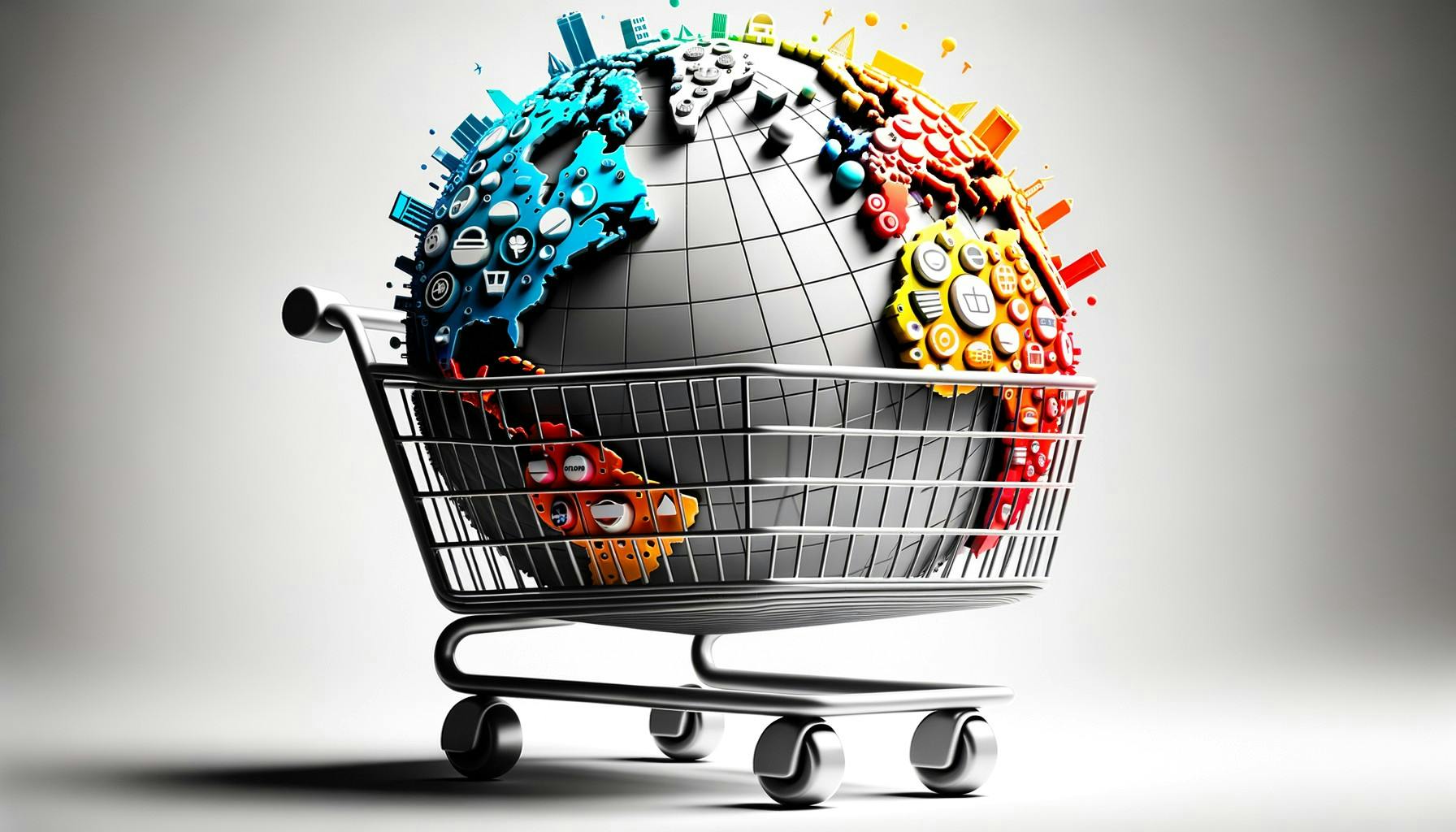What’s going on here?
Singles Day, now the world’s biggest shopping event, began as a fun counter to Valentine’s Day at Nanjing University in 1993 and has grown into a global retail phenomenon.
What does this mean?
Originally a celebration of being single, Singles Day has turned into a retail giant, eclipsing even the US Cyber Week with last year’s sales reaching 1.14 trillion yuan ($156.4 billion). Starting as ‘Bachelor’s Day,’ Alibaba’s 2009 ‘Double 11’ sale sparked a competitive surge among e-commerce giants like JD.com and Pinduoduo. With consumers shifting towards necessities, household appliances might get a lift, thanks to a new subsidy program. Despite an impressive growth average of 34% annually from 2014 to 2021, current consumer enthusiasm seems to be slowing. US brands like Nike and Estee Lauder take advantage of this event via Alibaba’s Tmall, but fierce price battles often cut into profits.
Why should I care?
For markets: The global stage is set.
As Singles Day reaches a worldwide audience, retailers like Nike and Procter & Gamble are tapping into China’s massive consumer market through platforms like Tmall. But with growth slowing and competition heating up, companies must carefully balance discounts with profitability. This changing landscape offers both opportunities and challenges for investors looking at international retail and e-commerce sectors.
The bigger picture: The evolution of consumer behavior.
Singles Day highlights larger shifts in consumer priorities, transitioning from luxury spending to essentials amid economic and geopolitical uncertainties. This trend emphasizes the need to adapt business strategies to meet evolving consumer demands and government policies, such as China’s household subsidy scheme influencing purchasing decisions.

